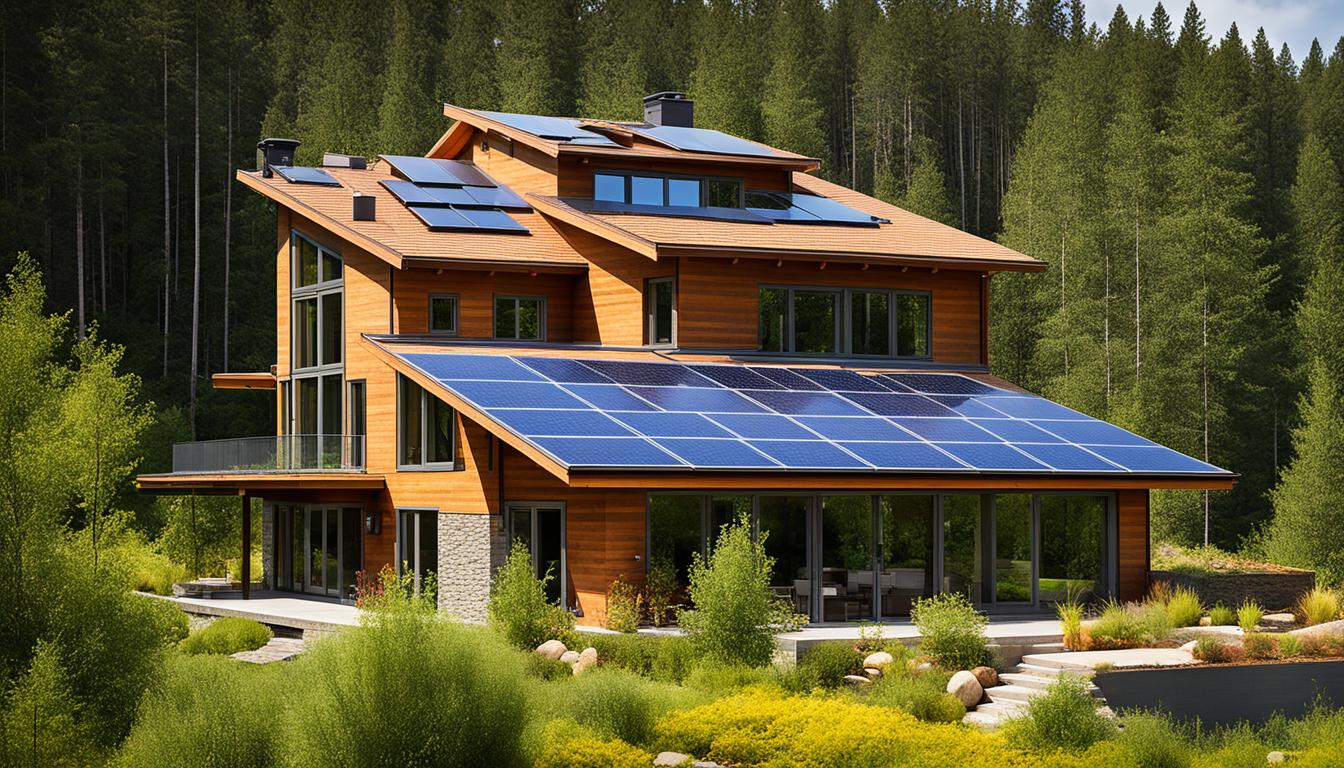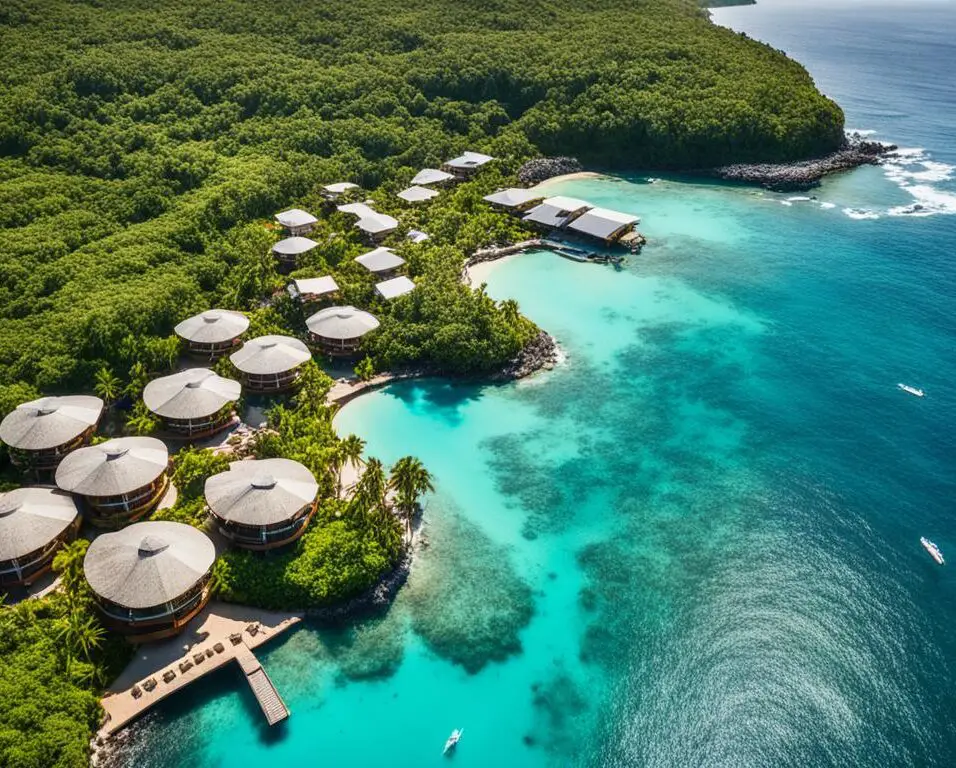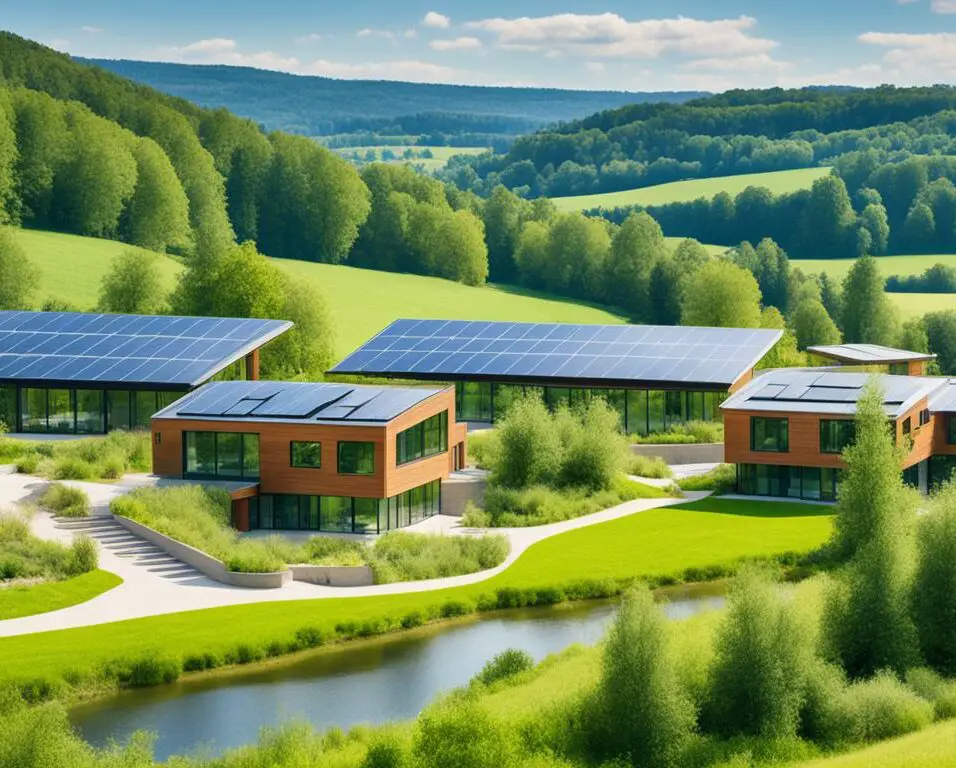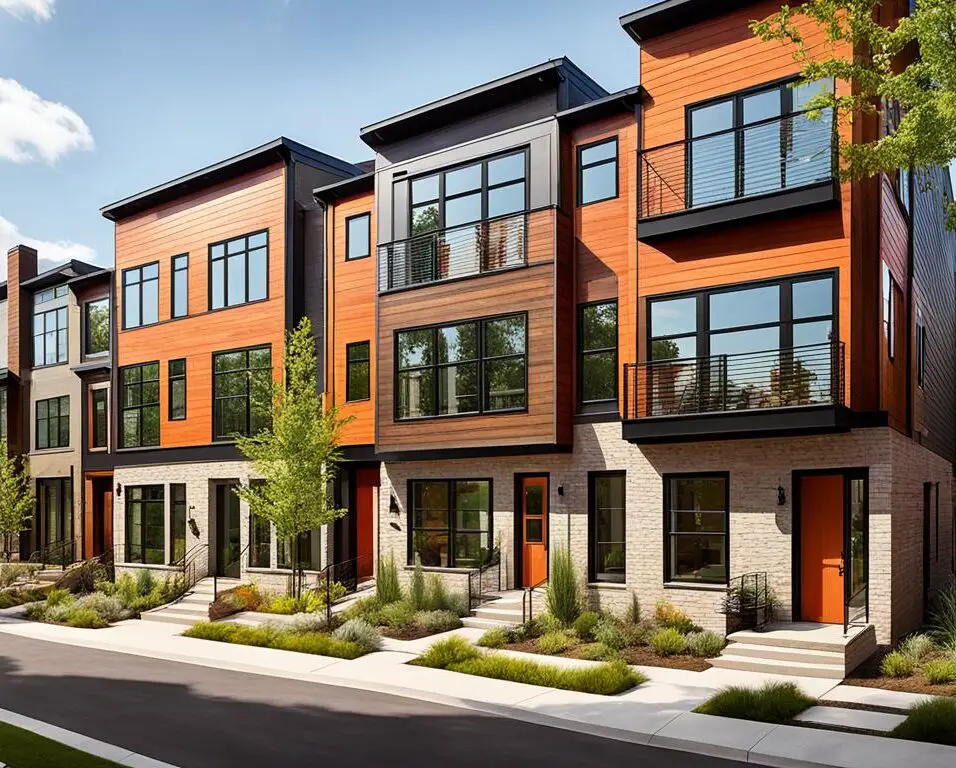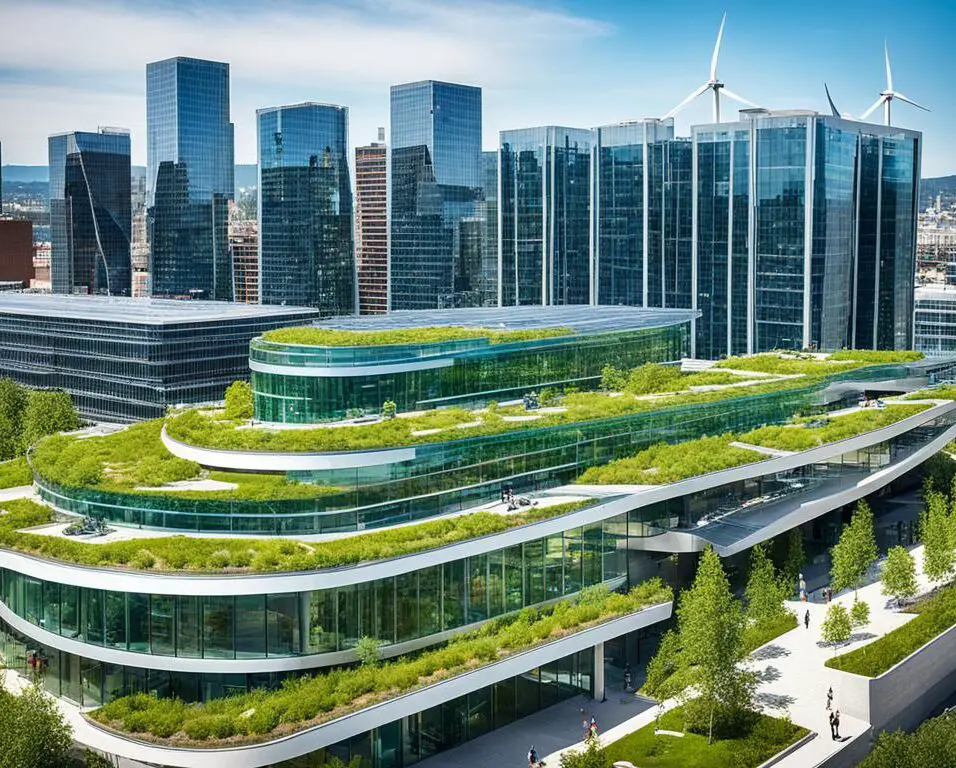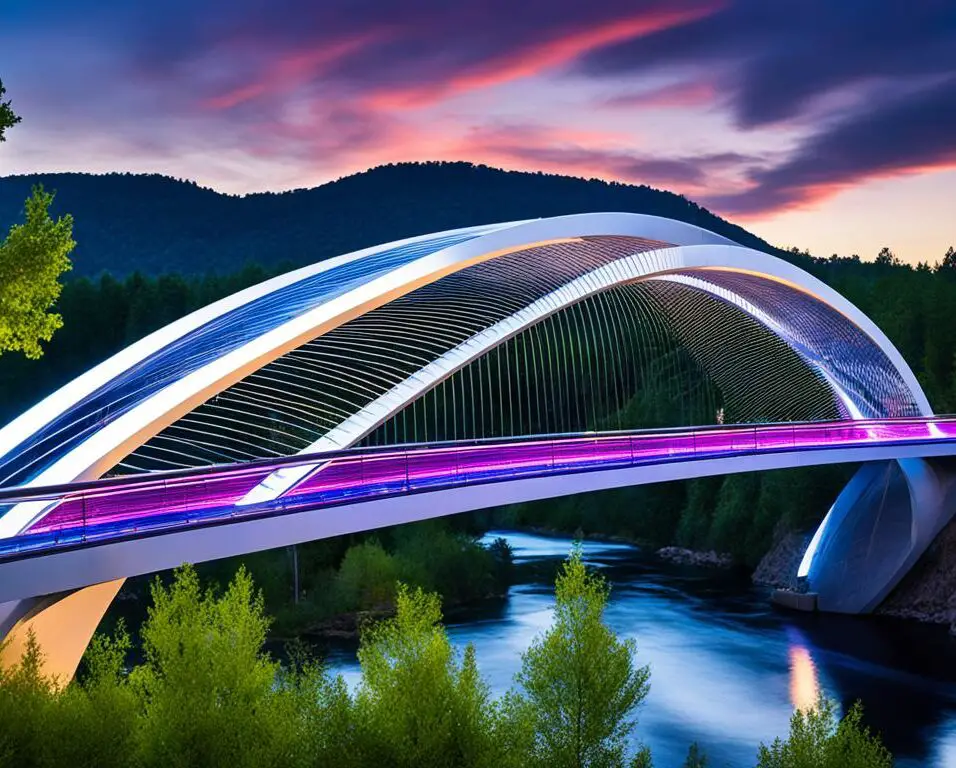Eco-Friendly Home Designs That Will Leave You Speechless
In today’s world, where sustainability and environmental consciousness are becoming increasingly important, eco-friendly home designs are gaining popularity. These designs not only offer stunning aesthetics but also blend seamlessly with sustainable living. From green architecture to environmentally friendly materials, these homes are designed to minimize their carbon footprint and promote a greener lifestyle.
Imagine waking up every morning in a home that not only provides comfort and style but also contributes to a more sustainable future. With eco-friendly home designs, you can turn this dream into a reality. By incorporating elements such as green architecture, sustainable materials, energy efficiency, and sustainable landscaping, these homes offer a holistic approach to sustainable living.
With eco-friendly home designs, you can enjoy the benefits of a beautiful and functional living space while making a positive impact on the environment. Whether it’s using renewable energy sources, utilizing natural resources efficiently, or embracing sustainable practices, these homes are a testament to the power of design in creating a better world.
Key Takeaways:
- Eco-friendly home designs combine stunning aesthetics with sustainable living.
- Green architecture focuses on using sustainable building materials and energy-efficient design strategies.
- Sustainable materials, such as reclaimed wood and bamboo flooring, add beauty while reducing environmental impact.
- Energy efficiency features, like smart home technology and proper insulation, minimize energy waste.
- Sustainable landscaping practices, including native plants and rain gardens, extend the eco-friendly lifestyle outdoors.
Green Architecture: Building for a Sustainable Future
Green architecture is revolutionizing the world of eco-friendly home designs. With a focus on sustainability and environmental responsibility, green architecture utilizes sustainable building materials, implements energy-efficient design strategies, and incorporates passive solar design principles to create homes with minimal carbon footprints. By optimizing natural light and ventilation, these homes reduce the need for artificial lighting and cooling systems, resulting in significant energy savings. They often feature energy-efficient appliances, solar panels, green roofs, and rainwater harvesting systems, further enhancing their sustainability. With green architecture, homeowners can enjoy not only beautiful and comfortable living spaces but also the satisfaction of reducing their energy consumption and conserving the environment.
To illustrate the various aspects of green architecture, let’s delve deeper into some key elements:
Sustainable Building Materials
Green architecture prioritizes the use of sustainable building materials that have a lower impact on the environment compared to traditional materials. These materials include responsibly sourced timber, recycled steel, and low-emission concrete. By opting for sustainable alternatives, such as reclaimed wood, homeowners can add a touch of natural beauty while actively contributing to forest preservation.
Energy-Efficient Design Strategies
Energy efficiency is integral to green architecture. Homes designed with energy efficiency in mind maximize insulation, minimize thermal bridging, and optimize the use of natural light. By strategically positioning windows and using high-performance glazing, these homes reduce the need for artificial lighting and actively capitalize on natural daylight.
Passive Solar Design Principles
Passive solar design is at the core of green architecture. By intelligently orienting the home and utilizing shading devices, sunrooms, and thermal mass, passive solar design harnesses the power of the sun to naturally heat and cool the interior spaces. This approach not only reduces energy consumption but also provides a comfortable and sustainable living environment.
“Green architecture aims to seamlessly integrate design elements that enhance the well-being of both occupants and the planet, creating sustainable homes that are both visually striking and environmentally responsible.” – John Peterson, Architect
As green architecture gains popularity, more homeowners are embracing the concept of building for a sustainable future. The combination of sustainable building materials, energy-efficient design strategies, and passive solar design principles results in homes that are not only aesthetically pleasing but also contribute to a healthier planet.
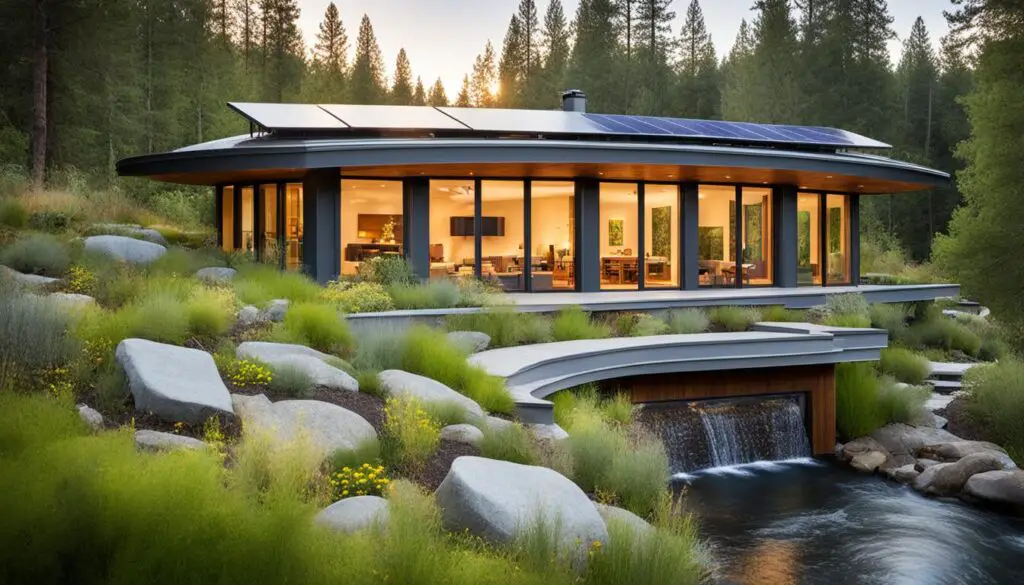
Sustainable Materials: Beauty with a Conscience
Sustainable materials are the cornerstone of eco-friendly home designs. These materials are sourced responsibly and have a lower impact on the environment compared to traditional options. By choosing sustainable materials, homeowners can create a beautiful living space while supporting the planet.
One popular sustainable material is reclaimed wood. This type of wood gives homes a rustic and unique charm while conserving forests. By repurposing old wood from barns, factories, or even old furniture, homeowners can breathe new life into these materials and create stunning focal points in their homes.

Bamboo flooring is another sustainable option that is both durable and rapidly renewable. Bamboo grows quickly, making it an eco-friendly alternative to traditional hardwood flooring. Its natural strength and beauty make it a popular choice for homeowners who want to embrace sustainable living without compromising on style.
Recycled glass countertops also offer a touch of elegance to eco-friendly homes. These countertops are made from recycled glass bottles and other glass waste, diverting these materials from landfills. Not only do they add a unique aesthetic to the kitchen or bathroom, but they also reduce waste and promote a circular economy.
By incorporating sustainable materials like reclaimed wood, bamboo flooring, and recycled glass countertops into home designs, homeowners can create a space that is not only visually appealing but also aligned with their eco-conscious values. These materials prove that sustainability and beauty can go hand in hand, allowing individuals to make a positive impact on the environment without sacrificing style.
Energy Efficiency: Saving the Planet and Your Wallet
Energy efficiency is a crucial aspect of eco-friendly home designs. These homes are equipped with energy-efficient appliances, smart home technology, and efficient insulation systems that minimize energy waste.
Smart thermostats, for example, allow homeowners to control their heating and cooling systems remotely, optimizing energy usage. With just a few taps on your smartphone, you can ensure that your home stays comfortable while reducing unnecessary energy consumption. This smart home technology not only saves energy but also gives you greater control over your energy expenditure.
Another key feature of energy-efficient homes is the use of energy-efficient appliances. From refrigerators to washing machines, these appliances are designed to consume less electricity while maintaining superior performance. By replacing old, energy-guzzling appliances with energy-efficient ones, homeowners can significantly reduce their carbon footprint while enjoying the latest in technological advancements.
Proper insulation is also an essential component of energy-efficient homes. Good insulation helps maintain a comfortable indoor temperature, reducing the need for excessive heating or cooling. This not only minimizes energy waste but also saves homeowners money on their energy bills. By investing in quality insulation materials and ensuring proper installation, you can create a thermally efficient home that keeps you cozy while reducing your environmental impact.
“Energy efficiency is not just about saving the planet; it’s about saving your wallet too.”
Moreover, energy-efficient lighting plays a significant role in reducing electricity consumption. LED bulbs, for example, are highly energy-efficient and have a longer lifespan compared to traditional incandescent bulbs. By replacing your old light bulbs with LED alternatives, you can reduce your energy usage without compromising on brightness or style.
The benefits of energy efficiency in eco-friendly home designs extend beyond monetary savings. By minimizing energy waste, these homes contribute to environmental preservation and combat climate change. Every kilowatt-hour of electricity saved is a step towards a greener and more sustainable future.
The Impact of Energy Efficiency in Numbers
| Statistic | Data |
|---|---|
| Average annual energy savings from energy-efficient homes | 15-30% |
| Reduction in greenhouse gas emissions from energy-efficient upgrades | Up to 3,000 pounds per year |
| Annual energy cost savings from using LED bulbs | $75-$125 |
| Percentage reduction in HVAC energy consumption with proper insulation | 20-30% |
These numbers demonstrate the significant impact that energy efficiency can have on both the environment and your pocket. By embracing energy efficiency in your home design, you can make a positive difference while enjoying the benefits of lower energy bills and a more comfortable living space.
Next, we’ll explore another critical aspect of eco-friendly home designs: sustainable materials, which contribute to both aesthetics and environmental consciousness. But before that, let’s delve deeper into the beauty of energy-efficient homes.
Sustainable Landscaping: Extending the Eco-Friendly Lifestyle Outdoors
Eco-friendly home designs not only focus on the interior but also extend to the outdoor spaces. Sustainable landscaping plays a crucial role in creating a harmonious and eco-friendly outdoor environment that complements the overall sustainable home design. By incorporating sustainable landscaping practices, homeowners can reduce their impact on the environment and create a beautiful outdoor space that promotes biodiversity and conservation.
Native Plants: Enhancing Beauty and Reducing Maintenance
One of the key elements of sustainable landscaping is the use of native plants. Native plants are well adapted to the local climate, soil conditions, and rainfall patterns, making them more resilient and requiring less maintenance. They also provide habitat for local wildlife and contribute to the preservation of local ecosystems. By incorporating native plants into their outdoor spaces, homeowners can enhance the beauty of their landscape while reducing the need for excessive watering, chemical fertilizers, and pesticides.
Rain Gardens: Capturing and Filtering Rainwater
Rain gardens are another essential feature of sustainable landscaping. These gardens are designed to capture and filter rainwater, preventing runoff and replenishing groundwater. By directing rainwater into designated areas planted with suitable vegetation, rain gardens help reduce stormwater runoff, which can contribute to flooding and water pollution. The plants in the rain garden also help filter pollutants from the water, improving its quality. Rain gardens not only provide a functional solution to managing rainwater but also add aesthetic value to the outdoor space.
Permeable Paving: Preventing Runoff and Promoting Groundwater Recharge
Permeable paving is an eco-friendly alternative to traditional hardscaping materials. Unlike conventional pavement, permeable paving allows rainwater to infiltrate the ground instead of creating runoff. This not only helps prevent flooding but also promotes groundwater recharge. Permeable paving materials, such as permeable concrete or paving stones with built-in gaps, allow water to pass through them and be naturally filtered by the soil. By incorporating permeable paving into their outdoor spaces, homeowners can minimize the impact of their paved areas on the environment while maintaining functionality and aesthetics.
Benefits of Sustainable Landscaping
“Sustainable landscaping not only enhances the beauty of outdoor spaces but offers a range of environmental benefits. It reduces water consumption, minimizes the use of harmful chemicals, and supports local biodiversity. By incorporating native plants, rain gardens, and permeable paving, homeowners can create an outdoor environment that harmonizes with nature and contributes to a more sustainable future.”
The holistic approach of sustainable landscaping goes beyond aesthetics and provides tangible benefits to both the environment and homeowners. By embracing native plants, rain gardens, and permeable paving, homeowners can create an outdoor space that is not only visually appealing but also promotes water conservation, biodiversity, and environmental sustainability.
| Benefits of Sustainable Landscaping | Examples |
|---|---|
| Enhances biodiversity | Incorporating native plants that attract local wildlife |
| Reduces water consumption | Using drought-tolerant plants and implementing efficient irrigation systems |
| Improves water quality | Rain gardens that filter pollutants from rainwater |
| Minimizes the use of harmful chemicals | Avoiding synthetic fertilizers and pesticides |
| Prevents flooding and erosion | Permeable paving materials that allow water to infiltrate the ground |
Conclusion
Eco-friendly home designs have transformed from a niche concept to a growing trend in the world of architecture and interior design. These designs seamlessly blend sustainability and stunning aesthetics, creating homes that not only look good but also have a positive impact on the environment.
From the use of green architecture techniques to incorporating sustainable materials and focusing on energy efficiency, these homes showcase the endless possibilities of living a greener lifestyle. By embracing eco-friendly home designs, homeowners can contribute to a more sustainable future while enjoying the comfort, beauty, and functionality of their living spaces.
By choosing to build or remodel their homes with eco-friendly designs, homeowners can significantly reduce their carbon footprint and minimize their impact on the environment. Green architecture techniques optimize natural light and ventilation, while sustainable materials such as reclaimed wood and bamboo flooring add beauty with a conscience.
Moreover, energy-efficient appliances, smart home technology, and effective insulation systems further enhance the energy efficiency of these homes. Embracing sustainable landscaping practices complements the eco-friendly home design, extending the environmentally conscious lifestyle beyond the four walls of the house.



